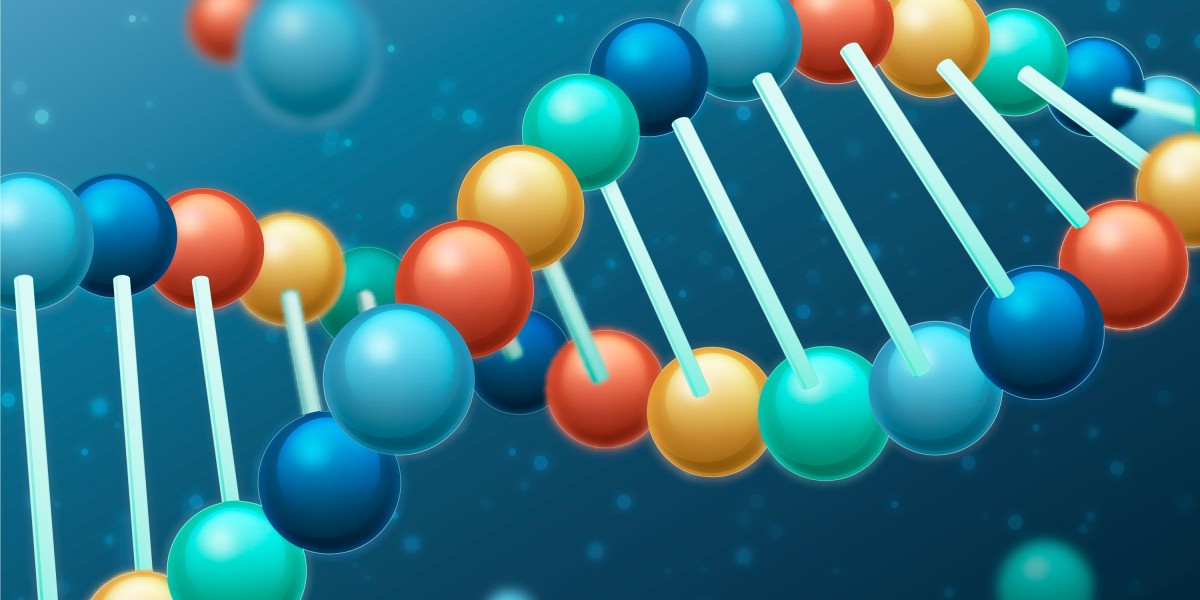Genetics is a complex field, but understanding the basics of genotype and phenotype can provide valuable insights into how traits are passed down and expressed. These two concepts are fundamental to genetics, but they represent different aspects of an organism's traits. In this article, we’ll explore the difference between genotype and phenotype and why this distinction matters.
What is Genotype?
The genotype refers to the complete genetic code an organism inherits from its parents. It includes all the genes that influence an organism's traits, such as eye color, hair type, and even susceptibility to certain diseases. The genotype is like a blueprint for the organism—it contains all the instructions that guide the development of these traits.
What’s crucial to understand is that the genotype remains constant throughout an individual’s life. It is determined by the DNA inherited from both parents and does not change, although some genetic mutations can occur.
What is Phenotype?
In contrast, the phenotype refers to the actual expression of the genotype—the physical traits, behaviors, and biochemical characteristics that can be observed in an organism. This includes traits like height, skin color, hair color, and even certain behavioral traits.
The key point here is that the phenotype is influenced not just by the genotype, but also by external environmental factors. Things like nutrition, climate, and lifestyle choices can shape how the genotype is expressed. For example, two genetically identical individuals (such as identical twins) can have different phenotypes if they are raised in different environments.
The Difference Between Genotype and Phenotype
To summarize, the difference between genotype and phenotype is as follows:
- The genotype is the genetic makeup—the DNA sequences inherited from both parents that provide the blueprint for traits.
- The phenotype is the observable characteristics—traits that manifest physically or behaviorally as a result of the interaction between the genotype and environmental factors.
For example, a person may have a genetic predisposition (genotype) for tallness, but environmental factors like nutrition may influence whether they actually grow tall (phenotype).
How Does Genetic Testing Relate to Genotype and Phenotype?
Genetic testing plays an important role in identifying an individual’s genotype. By analyzing a person’s DNA, we can determine which genes they carry, and what genetic traits they might inherit. However, genetic testing doesn't directly predict the phenotype—the observable traits—because the phenotype is shaped by both genetics and environmental influences.
For example, genetic testing might show that someone has a genetic predisposition to a certain disease, but whether that disease actually develops depends on a range of factors, including lifestyle and environmental conditions.
Conclusion
Understanding the difference between genotype and phenotype is essential for anyone interested in genetics. The genotype provides the genetic instructions, while the phenotype is the observable result of those instructions, influenced by both genetic and environmental factors. This distinction is critical for fields such as genetic testing, personalized medicine, and understanding evolution. By studying both, we can gain a better understanding of how traits are inherited, expressed, and potentially modified over time.



